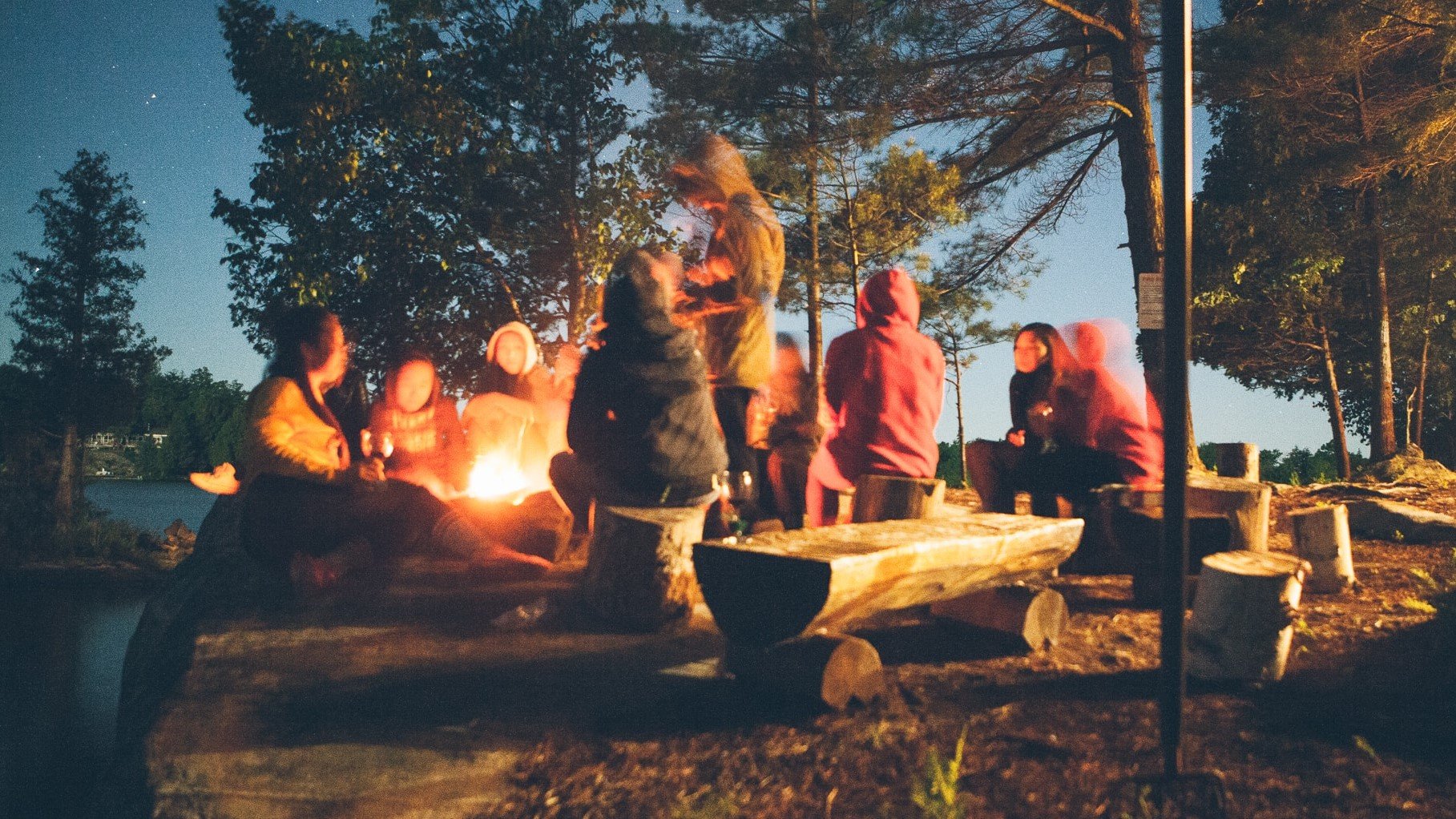
Earlier this month I participated in a workshop on collaboration at a gathering of several hundred grantmakers, hosted by Philanthropy Northwest. During the session, Collaborative Exchange, I presented on Graduation Matters Montana, a public-private initiative that resulted in record-breaking high school graduation rates.
As I was preparing for the session, I was reminded of a Tamarack Institute talk in which Liz Weaver and Mark Cabaj described what effective change efforts have in common. There are three things, they posited: (1) a framework; (2) principles; and (3) practices. How, I wondered, could I describe our work raising graduation rates, based on Weaver and Cabaj’s insights?
At its best, a good framework provides both a roadmap and common language for a team to navigate change. Many people are familiar with the plan-do-check-adjust framework, popular in the field of continuous improvement, or a SWOT (strengths-weaknesses-opportunities-threats) framework commonly used in strategic planning. One of the great advances of collective impact has been to give coalitions and collaborations the elegance of the five conditions framework.
The Graduation Matter Montana (GMM) framework is team-data-practices-communicate. GMM communities form a team of students, school staff, Main Street businesses and community organizations who then, together, look at qualitative and quantitative data to understand strengths and gaps. The team reflects on practices to build on, and what more can be done. Throughout the process, the GMM team communicates an aspirational message of change, engagement, and celebration of progress.
Principles – A framework can only get you so far, as many of us know from bleak strategic planning efforts where the SWOT analysis doesn’t lead to helpful prioritization or work planning. Having principles guide the way in which one interprets the framework – from who should be involved to how decisions are made to how a team strives to work together – is key.
Three core GMM principles are student voice, local ownership, and empathy and compassion. Student voice – or, as many say, engaging people with “lived experience” – is often the game-changer for a GMM team. Real progress takes hold when adults invite students to help identify what is and is not working to keep kids in school.
The principle of local ownership recognizes that change doesn’t happen unless the local community is invested in the strategies they employ. The GMM tagline is “Locally designed, locally implemented, based on what works in Montana.” GMM isn’t a top-down initiative – it counts on local communities to own their change work.
A third GMM principle is to bring empathy and compassion to the effort. Change work is hard. We make mistakes, and there are no “silver bullets”. By bringing in the principles of empathy and compassion, we invite GMM teams to be curious and open to new ways of thinking and doing, to learn from missteps and to be forgiving of one another. As the saying goes, “Be kind, for everyone you meet is fighting a hard battle.”
Practices – Many of us know the frustration of getting excited about a new framework only to feel flat footed about how to actually implement it. I often train and coach communities on collective impact. It’s one thing to train a group on the five conditions of collective impact; it’s a whole other thing to actually try to wrest a shared agenda from a team full of competing, urgent interests. It’s one thing to agree to engage in high-impact, mutually reinforcing activities, it’s another thing to figure out which activities to pursue.
Having practices that help move a team along a framework is key. In GMM, our practices included hosting a semi-annual statewide Student Advisory Board, which puts into action the principle of student voice. We structured mini-grants to communities to allow local teams to self-define activities, embodying the principle of local ownership. We designed an annual GMM Summit to ensure local practitioners were able to learn from one another, to share what was working and – as importantly – what wasn’t working. In that way, we encouraged teams to be empathetic and compassionate with one another.
In any collaborative endeavor – such as collective impact, community organizing or organizational development – articulating an operational framework, co-creating principles and ensuring that practices are aligned are critical aspects of bringing the work to impact.
Let me know what you think.





